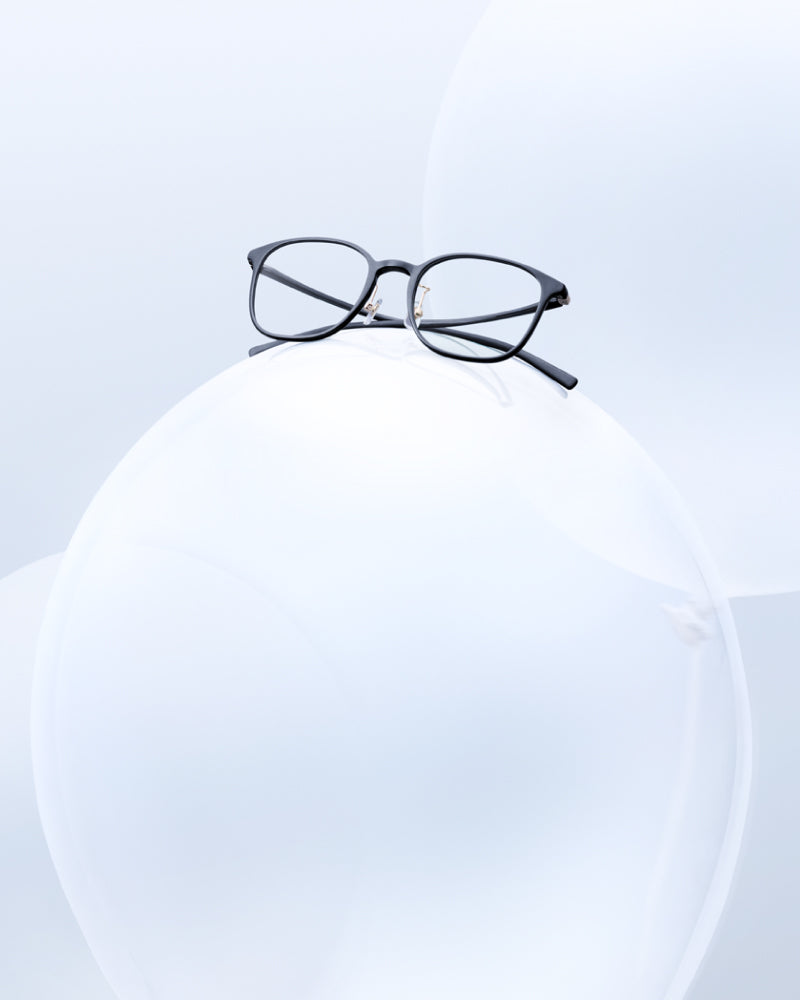Wearing sunglasses is a smart and stylish way to protect your eyes from bright sunlight and harmful ultraviolet (UV) rays. For glasses wearers, prescription sunglasses or clip-ons are a must. In your search for new shades, you might have seen or heard about polarized lenses. But what does polarized mean, and how will it affect your vision? Here's what you need to know about how polarized prescription sunglasses can help keep your eyes safe and comfortable in the sun.
What Are Polarized Sunglasses?
Sunglasses aren't just a fashionable accessory—they're designed to protect your eyes from the sun. UV light can damage your vision and cause serious problems, like cataracts, macular degeneration, and cancerous growths. Any pair of sunglasses with built-in UV protection can help prevent these problems, but they aren't always effective at getting rid of glare.
Sunlight typically scatters when it hits an uneven surface. On smooth, shiny surfaces, like water or the hood of a car, the light reflects in a single direction. This concentrated light can result in serious discomfort and potential damage when it hits your eyes. Polarized lenses are specially formulated to filter out harmful glare and offer extra protection.
What Do Polarized Lenses Do?
During the manufacturing process, a special chemical is added to polarize sunglasses. The film is applied in a vertical pattern to block light entering the lenses from the opposite orientation, which reduces the glare produced by horizontal surfaces. Only vertical light rays can squeeze through the openings. Think of common window blinds—the blinds filter out all light except for the small spaces between the panels.
The ability to nearly eliminate glare makes prescription polarized sunglasses a valuable tool and accessory for everyday use. They are a great option for driving during the day or spending a lot of time around snow and bodies of water.
The Differences Between Polarized and Non-Polarized Lenses
Now that you know what polarized lenses do, you should learn how to tell if sunglasses are polarized. Some brands may advertise their sunglasses as polarized without actually equipping them with the right technology.
The main difference is that non-polarized lenses won't protect your eyes from glare. Prescription polarized sunglasses also have the advantage of clearer vision, reduced eye strain, and less color distortion. They are not generally recommended in low-light or nighttime conditions, as they tend to block more light. It can be difficult to see liquid crystal displays (LCD) on cell phone screens, auto dashboard screens, and ATMs as well. Polarized lenses are usually darker, but that doesn't mean all dark sunglasses are polarized.
So how can you tell them apart? There are a few ways to check. The first trick is to test them against a reflective surface, such as metal or water. Hold up the sunglasses and look through one of the lenses, then slowly rotate the frames to a 60-degree angle. If the glare diminishes, the lenses are polarized; if it does not change, they're only tinted.
Another easy test involves looking at your smartphone, computer monitor, or another bright screen. While wearing the sunglasses, tilt your head from left to right. If the lenses are polarized, you'll notice them getting darker and lighter as the angle changes.
See Yourself in JINS
At JINS, we make customizing your sunglasses easy and affordable. Simply choose any frames from the men's and women's prescription eyeglasses collections and opt for polarized lenses. Our frames come in a variety of colors, sizes, and styles to suit your fit and personality.


















